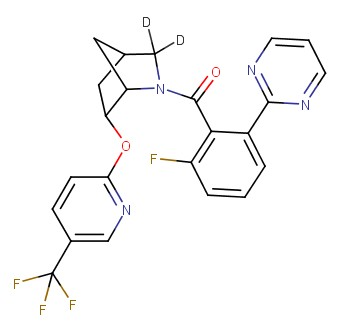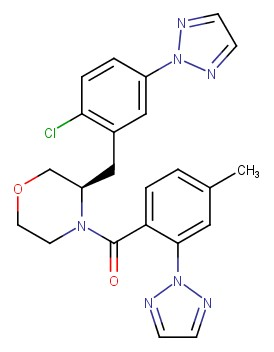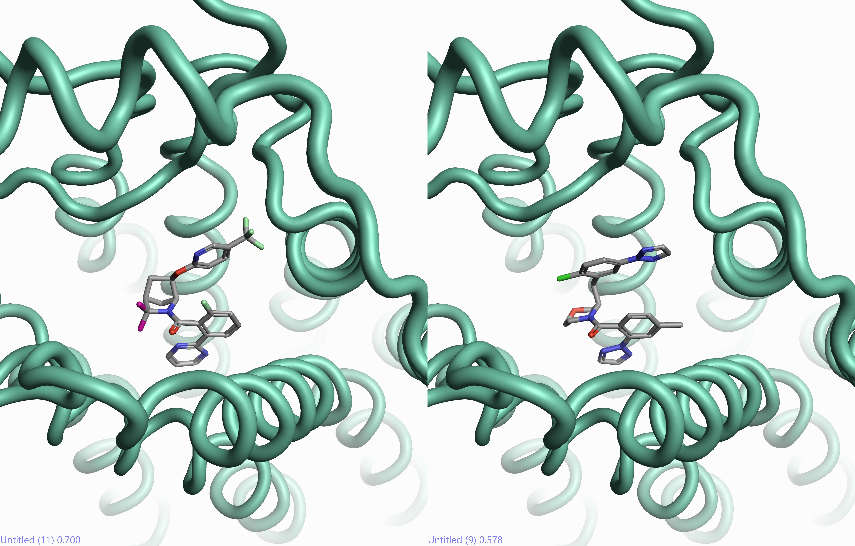In my humble opinion, this meeting is one of the best medicinal chemistry conferences to attend and as usual the scientific content, on the whole, did not disappoint. There were many insightful talks and detailed ‘walk-throughs’ of the chemistry optimization paths for numerous biological targets. Thirty-one talks in all, and twenty-six flash poster presentations, was certainly more than enough science to get your teeth into and far too many to mention all here.
GPCRs and proteases
Remarkably, and despite the recent explosion in diversity of biological targets currently being pursued by discovery organizations, about thirty percent of the talks were on one of the oldest drug target classes I can think of ‘GPCRs and proteases’. Both Johnson & Johnson and Idorsia disclosed structures of their selective Orexin 1 antagonist programme candidates (table1a). The former, interestingly, containing methylene deuteration to counter an adverse metabolism event.
Several other GPCR examples were described, including another talk from Idorsia and talks from Roche and Eli Lilly.
It is usually the end point molecule which sticks in the mind but far more important, yet often overlooked, are the lessons learned during the journey. I have tried to include at least some of the starting points in the Tables 1-4.
| Table 1b |
|
Starting hit
|
Starting hit |
|
|
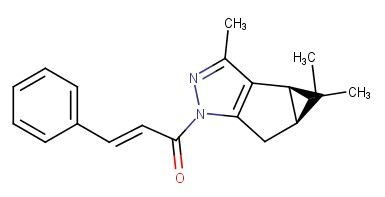
|
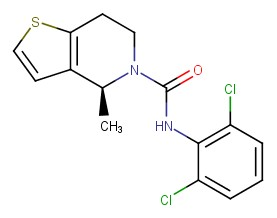 |
|
|
Idorsia: Cenerimod
|
Eli Lilly: LY3154207 |
Roche: RG7314: Balovaptan |
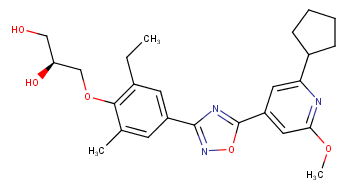 |
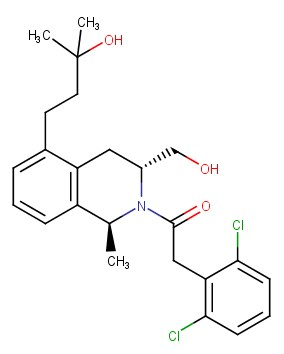 |
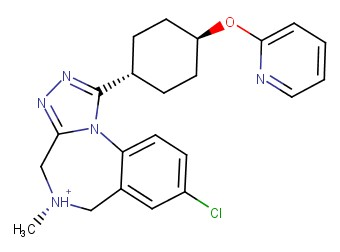 |
| S1P1R selective modulator for autoimmune disease |
D1 positive allosteric modulator for Parkinson’s disease and dementia |
V1A antagonist for autism |
Three widely differing protease targets were tackled by Genentech, Novartis and Almac showing diverse approaches to this challenging target family (table 2). Almac’s innovative ubiquitin specific protease inhibitor platform finally yielded structural biology to top off their hard won USP7 inhibitor story.
| Table 2: Protease inhibitor examples |
| Starting hit |
|
|
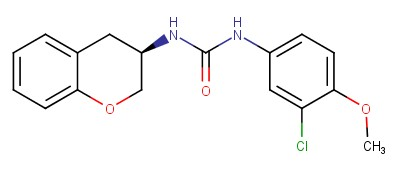 |
|
|
| Novartis |
Almac |
Genentech: G0775 |
|
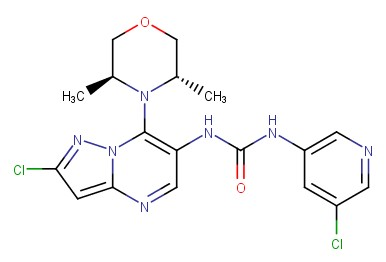
|
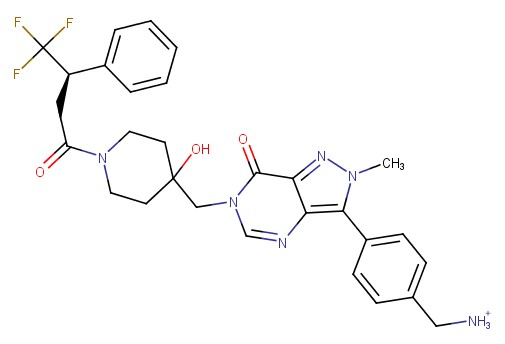
|
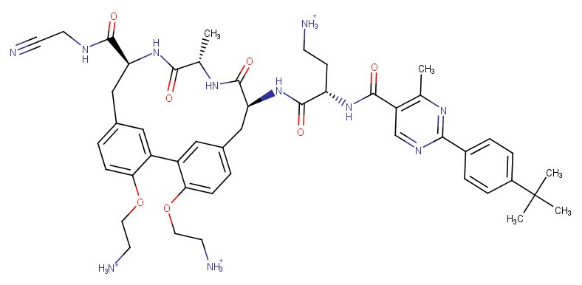 |
| Malt1 inhibitors for autoimmune disease |
USP7 inhibitor PDB: 5N9T
for oncology
|
LepB peptidase inhibitors
for gram-negative antibiotics
|
Enzymes
Talks from Rodin, Bayer and Imperial described two relatively old enzyme targets ‘HDACs and DHODH’ and a very new one ‘NMT’. The former talks focused on attaining selectivity and or good PK properties as the value differentiator.
Ed Tate’s talk from Imperial, shed some light on a poorly understood field ‘post translational modification’. In this case, the importance of NMT mediated myristoylation on the activation of essential proteins needed for the malarial parasite life cycle was elegantly exploited.
| Table 3: Enzymes |
| Rodin: RDN-929 |
Imperial |
Bayer: BAY 2402234 |
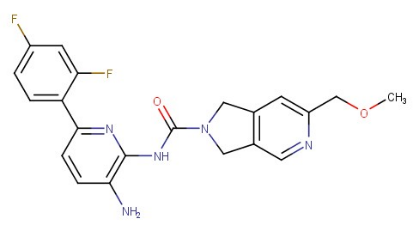 |
 |
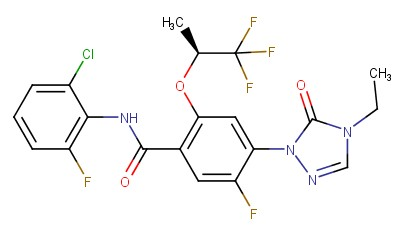 |
| HDAC-CoREST inhibitor for synaptopathies |
NMT inhibitor anti-malarial |
DHODH inhibitor for oncology |
Immune sensing and RNA recognition pathways
Treading into completely new areas, talks by Gilead and GSK covered immune sensing or RNA recognition pathways which contain ‘hot’ target proteins important for immuno-oncology and anti-viral therapies.
| Table 4: Other receptors |
| Gilead: GS-9688 |
GSK: ABZI |
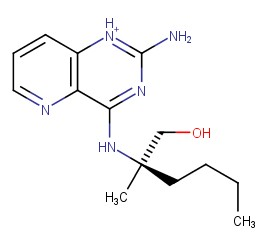 |
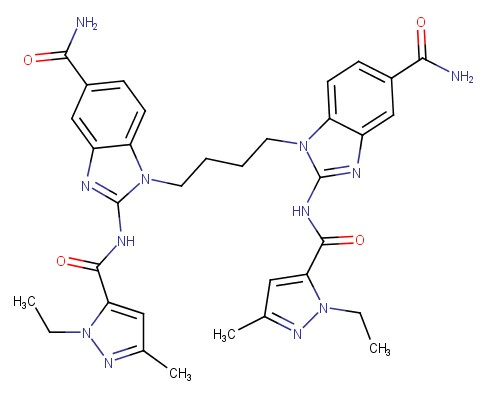 |
| TLR8 agonist for Hepatitis B |
Synthetic Sting agonist PDB: 6DXL
for immuno-oncology
|
Probing the nature of drug-space post Lipinski
A final take home message for me was a great pair of overviews delivered by Rob Young (Blue Burgundy) and Mike Shultz (Novartis) representing a return to probing the nature of drug-space post Lipinski. It turns out that drug molecules, by nearly every metric, are bigger than they were 20 years ago. The exception is H-bond count.
Sadly, I have to concur on a personal level with Robs parallel of drug properties with the middle-aged male waistline, but more so to his working talk title: Rules are for the obedience of fools and guidance of the wise.
Apply comp chem to your project
Contact Cresset Discovery Services for a free confidential discussion to explore how computational chemistry can add value to your project.
